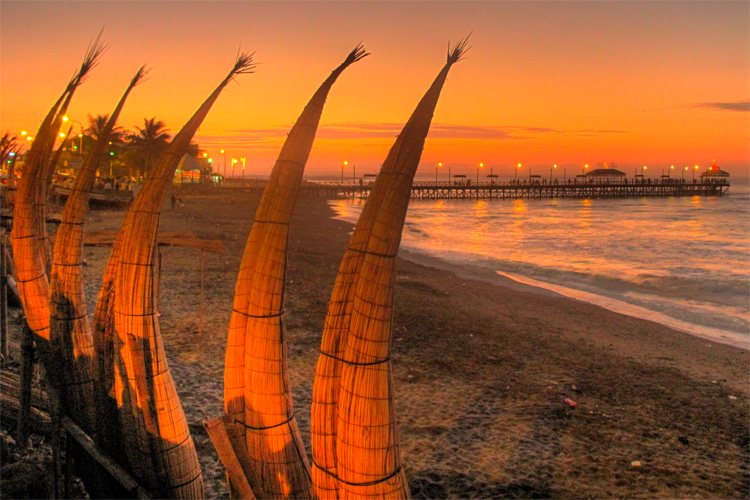The coastline and waves of Huanchaco are now legally and permanently protected by Peruvian federal law.
The Peruvian Navy will make sure the "Ley de Rompientes" (Law of the Breakers) protects 4,000-year-old historic maritime culture, which includes a series of iconic surf spots breaking on the World Surfing Reserve.
"This is a huge victory for the Huanchaco World Surfing Reserve and Save The Waves is very proud to be a part of this important milestone," underlines Nick Mucha, director at the Save The Waves Coalition.
"Through the World Surfing Reserve program, we have been able to secure legal and permanent protection for this historic coastline, ancient artisanal fishing culture, and world's oldest surf craft."
Huanchaco is one of the most sacred places in the history of surfing.
The Peruvian beachside town is home to the "caballito de totora," a reed fishing watercraft used by local fishermen for 2,750 years.
For many surf historians, the "caballitos de totora" are the foundation of surfing and the original form of wave riding.
The new "Ley de Rompientes" will guarantee that a series of jetties proposed for Huanchaco will not be built.
The Peruvian spot produces a consistent, long left-hand wave that works all year round. Huanchaco pumps perfect waves with swells in the 3-to-10-foot range.
